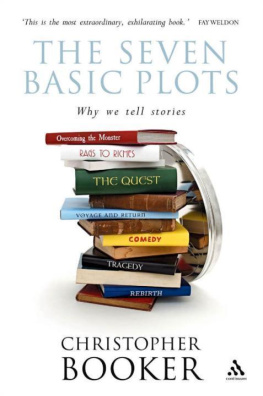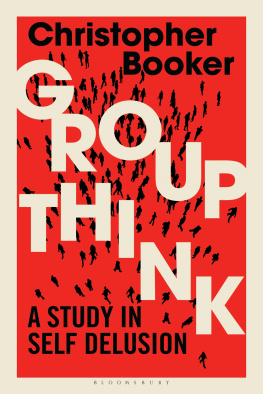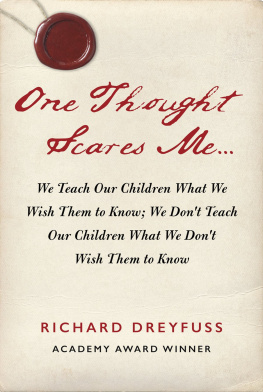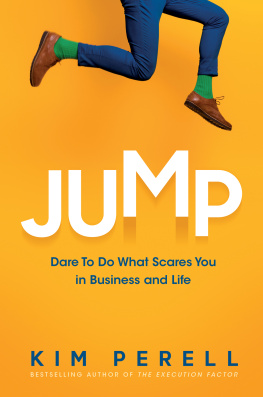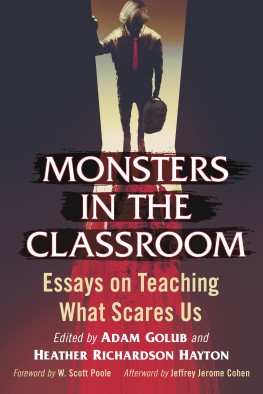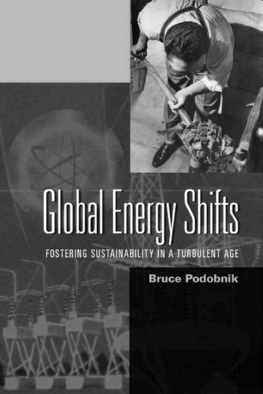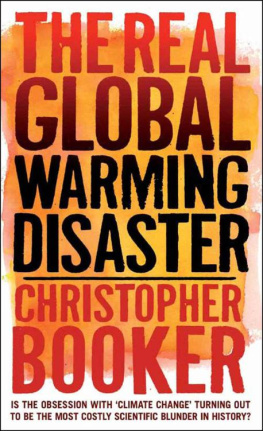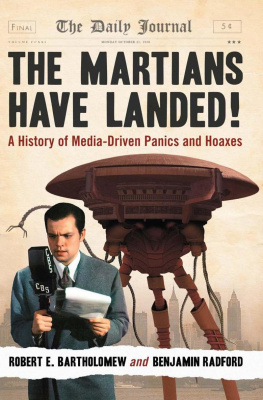
BLOOMSBURY CONTINUUM
Bloomsbury Publishing Plc
50 Bedford Square, London, WC1B 3DP, UK
BLOOMSBURY, BLOOMSBURY CONTINUUM and the Diana logo are trademarks of Bloomsbury Publishing Plc
This electronic edition first published in Great Britain 2007
This edition published 2020
Copyright Christopher Booker and Richard North, 2007
Foreword, Chapter Sixteen and Conclusion Richard North, 2020
The Estate of Christopher Booker and Richard North have asserted their right under the Copyright, Designs and Patents Act, 1988, to be identified as Authors of this work
All rights reserved. No part of this publication may be reproduced or transmitted in any form or by any means, electronic or mechanical, including photocopying, recording, or any information storage or retrieval system, without prior permission in writing from the publishers
Bloomsbury Publishing Plc does not have any control over, or responsibility for, any third-party websites referred to or in this book. All internet addresses given in this book were correct at the time of going to press. The author and publisher regret any inconvenience caused if addresses have changed or sites have ceased to exist, but can accept no responsibility for any such changes
A catalogue record for this book is available from the British Library
Library of Congress Cataloguing-in-Publication data has been applied for
ISBN: TPB: 978-1-4729-8466-1; eBook: 978-1-4729-8522-4
To find out more about our authors and books visit www.bloomsbury.com and sign up for our newsletters
For various forms of help along the way we would like to thank: Nicholas Booker; Professor John Bridle; Nigel Calder; Laura Conway-Gordon; Georgina Downs; Dr John Etherington; Jan van Ginderachter; Dr John Hoskins; John Hoyte; Dr Peter Hunt; Angela Kelly; the Countess of Mar; Bob Larbey; Linda Lazarides; Tristan Loraine; Susan Michaelis; Alan Monckton; Michael OConnell; Owen Paterson MP; Keith Pulman; Margaret Reichlin; Liz Sigmund; Paul Smith; Ross Teperek and Lord Tyler.
Much of this book is based on a mass of scientific data and in many cases it has been important to show the sources of that data. Where notes refer only to scientific papers or other publications, they are numbered and have been collected at the end of each chapter. More general footnotes, marked with a * are shown at the bottom of the page.
Extract from T.S. Eliots The Hollow Men reproduced with kind permission from Faber and Faber.
Athough we are particularly grateful for technical help and advice given by various experts, the responsibility for everything which appears in the text is, naturally, our own.
This book is dedicated to all those scientists and campaigners who, amid the madness of our age of scares, have kept a sense of proportion and fought for the truth to prevail.
In the night, imagining some fear,
how easy is a bush supposed a bear.
A Midsummer Nights Dream, Act V, Scene 1
In the past twenty years, Western society in general and Britain in particular has been in the grip of a remarkable and very dangerous psychological phenomenon. Again and again since the 1980s we have seen the rise of some great fear, centred on a mysterious new threat to human health and wellbeing. As a result, we are told, large numbers of people will suffer or die.
Salmonella in eggs; listeria in cheese; BSE in beef; dioxins inpoultry; the Millennium Bug; DDT; nitrate in water; vitamin B6;Satanic child abuse; lead in petrol and computers; passivesmoking; asbestos; SARS; Asian bird flu the list is seeminglyendless.
Indeed, we are currently in the grip of the greatest such fear ofall: that of a warming of the worlds climate which, we are officiallytold, could well put an end to much of civilized life as weknow it.
The price we have paid for such panics has been immense; mostnotably the colossal financial costs arising from the means societyhas chosen to defend itself from these threats. Yet, again and again,we have seen how it eventually emerged that the fear was largely orwholly misplaced. The threat of disaster came to be seen as havingbeen no more than what we call a scare.
The purpose of this book is to show how there has been acommon pattern behind each of these scares one that has beenstrikingly consistent.
Each was based on what appeared at the time to be scientificevidence that was widely accepted. Each has inspired obsessivecoverage by the media. Each has then provoked a massive responsefrom politicians and officials, imposing new laws that inflictedenormous economic and social damage. But eventually the scientificreasoning on which the panic was based has been found to befundamentally flawed. Either the scare originated in some genuinethreat that had then become wildly exaggerated, or the danger wasfound never to have existed at all.
By now, however, the damage has been done. The costs haveamounted in some cases to billions, even hundreds of billions, ofpounds, imposing an enormous hidden drain on the economy. Yetalmost all of this money has been spent, it turns out, to no purpose.What does it say about the psychology of our time that such anextraordinary thing can happen, not just once but again and again?When we examine the pattern behind these scares we find furtherelements which each has in common.
The source of the supposed danger must be something universal,to which almost anyone in the population might beexposed, such as eggs or beef, asbestos or climate change.
The nature of the danger it poses must be novel, a threat that has never appeared in this form before.
While the scientific basis for the scare must seem plausible, the threat must also contain a powerful element of uncertainty. It must in some way be ill-defined, maximizing the opportunity for alarmist speculation as to the damage it might cause.
Societys response to the threat must be disproportionate. It is this more than anything which defines a true scare; that, even where the threat is not wholly imaginary, the response to it is eventually seen to have been out of all proportion to its reality.
In the unfolding of any scare, we then see how two competing forces are at work. On one hand, there are the pushers: those whose interest is to promote the scare and to talk it up, such as scientists for whom it provides the promise of winning public attention or further funding. On the other there are the blockers: those whose interest is to downplay it, such as an industry it threatens to damage, or a government under pressure to be seen to be taking action.
In each of the scares we examine, we shall see how these two groups line up in opposition to each other. What decides whether or not a scare is going to take off is whether pressure from the pushers can override resistance from the blockers.
Two professions that play a particularly crucial part in the unleashing of a scare are the politicians and the media. Politicians can be either blockers or pushers. Initially, as we saw in the case of BSE in Britain, it may be very much in the interest of a government to downplay or deny a threat. But it may just as well serve a politicians interest to go along with a scare, posing as a champion of the public interest, as we saw with Edwina Currie and salmonella.
Certainly the most dangerous moment in any scare comes when the pushers carry the day and the politicians and their officials unleash their regulatory response, since it is then that the real damage is caused.
The media also include both pushers and blockers. On one hand, there are few things most newspaper or television editors relish more than the chance to take part in a full-blown scare drama, devoting acres of newsprint and hours of airtime to the possibility that some sinister threat, which could cause huge numbers of people to die, is on the way. In this their closest collaborators are those scientists for whom the lure of publicity or the need to justify funding have come to overrule their scientific objectivity.
Next page

